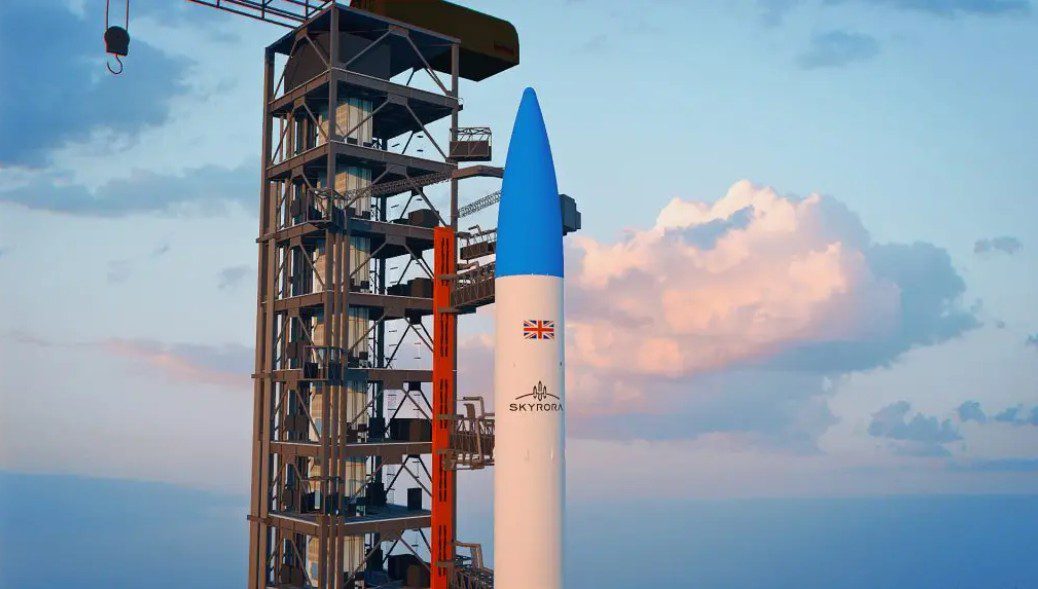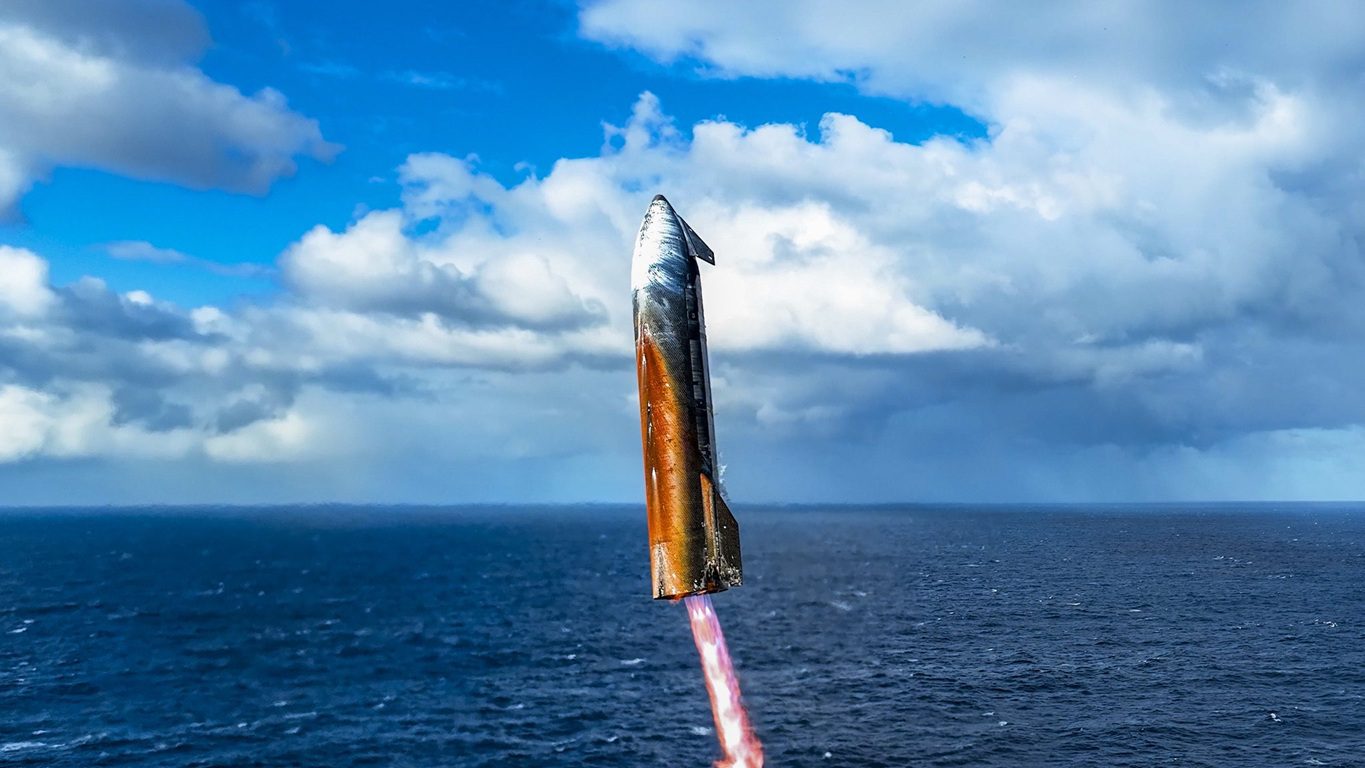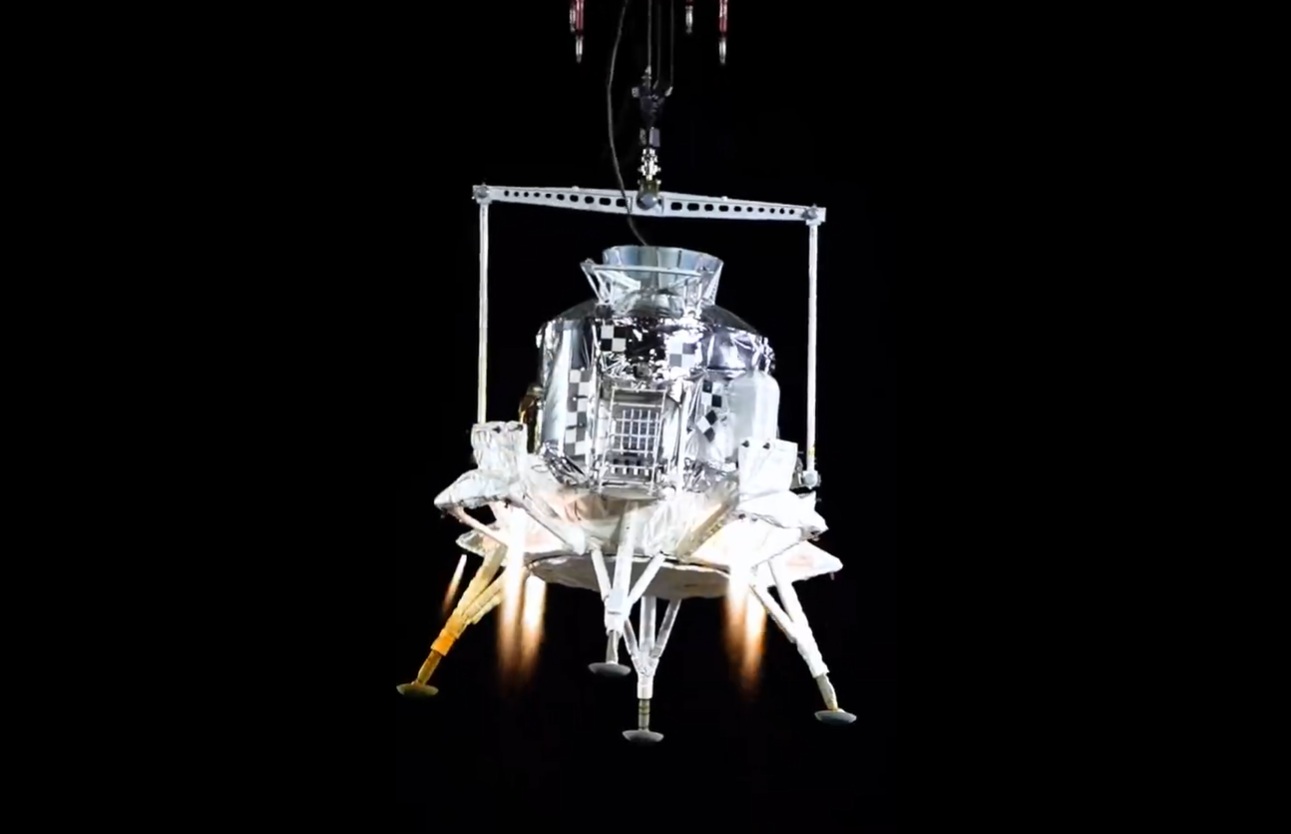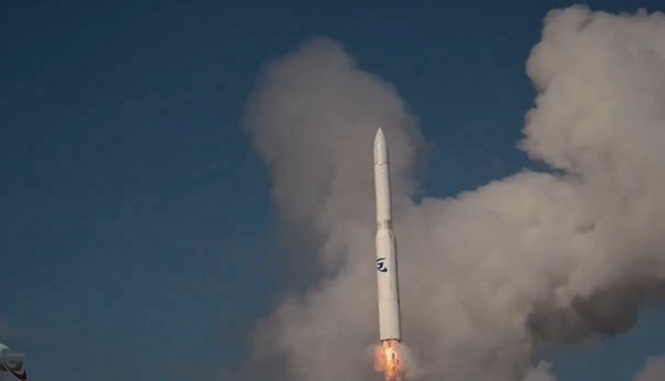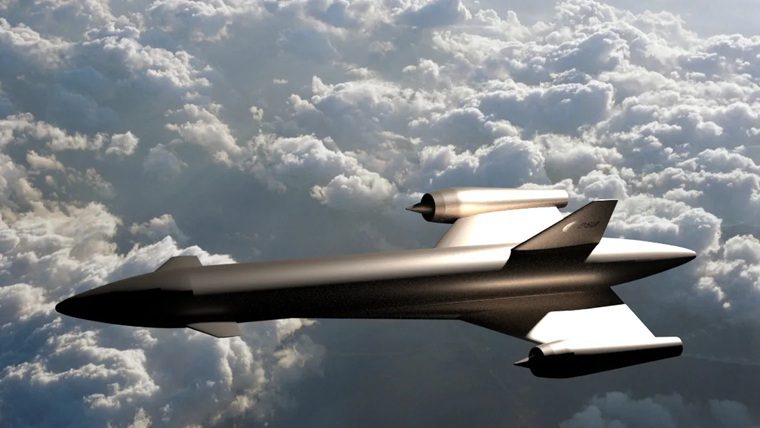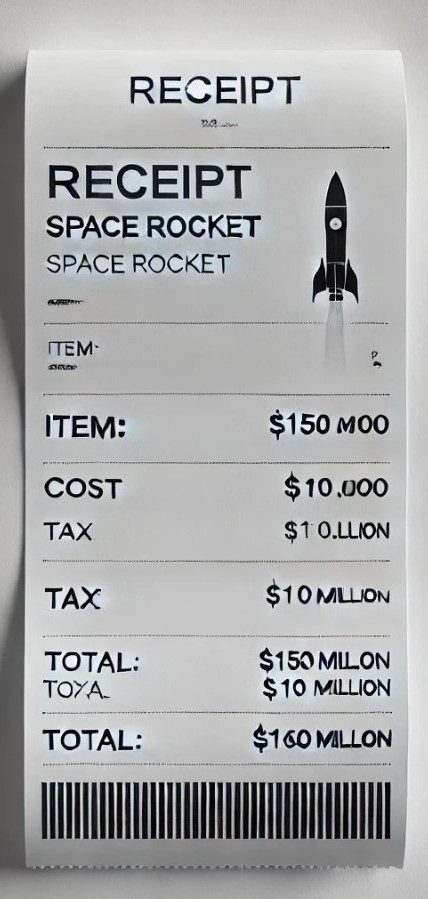The world’s insurance market gathered at the World Space Risk Forum held in Dubai on 28 February – 1 March. Organised by the Dubai-based insurer Elseco, the forum has now become the main biennial conference for space insurers. David Todd reports on the discussions,
Annual in-orbit cover remains unloved: operators really want multi-year deals and revenue insurance
In fixing the underwriting errors of the late 1990s and early 2000s,the space insurance market has had a series of mainly profitable years. Meantime, as the commercial demand for bandwidth hungry high definition television and broadband mobile services has grown which even the military makes use of, so has the demand for new large communications satellites. As a result the insurance market is set to benefit from insurance premium given that most major operators tend to insure the launch and first year in orbit.
Despite this rosy picture for world commercial space growth and space insurance, the conference remained concerned that only 58% of commercial satellites are insured in orbit. This has been apparently due to the perceived unattractiveness of the annually renewed in orbit insurance after the first year when insurers as insurers often introduce ‘exclusions’ for components known to be at risk from failure or further degradation. In other words, with this potential for exclusions many operators regard in orbit insurance as poor value and lacking long term certainty.
Noting his clients’ needs, Roger Bathurst of the insurance brokers Willis Inspace called for policies to cover launch plus several years. While a few insurers do offer launch plus three of five year policies, most underwriters remain sceptical about multi-year policies as they remember their experience of the late 1990s and early 2000s. Insurers found that if satellite experienced an anomaly in the first year of life (usually when most anomalies take place), then this could then worsen to become a major loss to be claimed for later in the policy period. With in-orbit insurance starting at the end of year one, this initially minor anomaly could have been excluded from any pay out over its worsening condition.
When questioned afterwards whether insuring multi-year deals after the ‘risky’ first year would be a good compromise alternative to the current situation of having annual renewals, Maureen Offord, Vice President in charge of Insurance at the operator SES replied that “anything with multi-year is attractive to operators.” In fact, specialist in-orbit space insurer Simon Clapham of Liberty Syndicate 4472 noted that he did offer a two year in-orbit policy after the first year. He said that having more than two years would be possible if the premium rate was high enough.
Rather than wanting to insurer the assets, operators note that really it is the business revenues that they want to insure. Maureen Offord of SES noted that operators reiterated this point at the conference. Whether it is practical to insurer notional revenue remains to be seen.
With respect to whether insurers should be directly insuring ‘redundant capability’ – that is spare amplifiers, fuel reserves etc, Bruno Ritchie, Underwriter at Argo Assurances and Christian Riedl, Space Underwriter Munich Swiss Re both said that they should not but that power margin and fuel reserves should be recognised in any rating of a renewal.
Yamin Mustafa of the broker Marsh raised laughs when he complained about the difficulties of trying to convince underwriters with “funny accents” of the need to be more flexible with their policy conditions. With respect to actual space insurance wordings, space lawyer Vic Pino, Senior Partner at Pino Associates noted that there was a difference between the meaning of the term ‘intended commercial purpose” and what its actual commercial usage was. Pino also argued that in the case of disputes arbitration courts were now becoming as longwinded and as expensive as actual litigation. “The cost of arbitration has gone up and can be slow.” He said. He also warned with some arbitration jurisdictions they now have rights to examine evidence involving ‘e-discovery’ – that is the right to examine company e-mails for evidence.
The complications of having salvage rights was briefly discussed by the insurance panel as Simon Clapham noted that space insurances could not take title to a satellite after a total insurance loss for regulatory reasons and that usually a revenue sharing agreement was made with the insured following constructive total losses.
Capital moves affect capacity and hence premium rates – but will they go up or down?
While some firms note the difficulties and unattractiveness of using banking finance, unless backed by export credit agency (ECA) guarantees, it remains generally available to profitable space operators. Nevertheless, given the cash generating ability of space activities, many space firms have had little difficulty in obtaining funding. David Williams of the operator Avanti and Willy Chow of the operator ABS noted that they had little trouble raising funding. The latter had taken a loan out without ECA backing with view to mounting an acquisition.
While ECA funding has been a major driver in the industry, Martin Benatar of Benatar and Co noted that worries remain that in trying to maintain their national manufacturing interests, certain export credit agencies, e.g. Coface and Ex-Im, may one day suffer when one of their credit backed deals fails. Bankruptcy protection and other legal protections may become complicated by the increasing investments by sovereign wealth funds warned Michael D. Nolan of the law firm Milbank Tweed.
Meantime, it was the movement and increasing liquidity of capital that concerned some insurers. Marco Ramadoro, CEO of the insurer Satec, noted that central banks had in increasing liquiditiy in the banking sector, may have distorted the market the other way. In other words by flooding the market with capital had made it ‘softer’ with premium rates lower than would otherwise be the case. Ramadoro called for underwriters to maintain their discipline in their technical underwriting as they set rates.
There were other external factors that might also affect the outlook of the insurance market. Previously it was a flood of capital to space insurance that forced rates down. Peter Elson, Partner at the Insurance Broker JLT noted this trend might yet continue as new capacity in China was likely to further push rates down.
Nicholas Beck of Swiss Re noted that natural disasters in other parts of the world (flooding in Thailand, earthquake and tsunami damage in Japan, earthquake damage in New Zealand, hurricane induced flood damage on the east coast of USA) could increase rates in property and catastrophe insurance classes. This could thus attract capital away from space insurance. As a result space insurance premium rates may rise to stay competitive with these other classes of insurance.
Any rate rises could be a fillip to underwriters who have been concerned for some time that rates were too low to ensure profitability given that a single Ariane 5 rocket dual satellite launch could have a total launch insurance exposure of US$750 million.
Spacecraft innovation: Is it good or bad? And how do you measure its reliability?
It was not just premium rate levels and insurance exclusions that caused friction between the operators and insurers. The operators’ declared need for innovation remains a concern for underwriters after their bad experiences with high power solar arrays, large antennas and electric propulsion systems. Nevertheless, as Hampton Chan, Vice President of Space Systems Loral explained, new technologies are approaching including the use of new frequency bands (Q and V bands), flexible payloads including phased array technologies and mechanically reconfigurable antennas, channellizers, digital signal processors, bandwidth modification and signal routing as well as higher powered TWTAs (Travelling Wave Tube Amplifiers).
Philippe Franken, VP Risk Management at the operator SES, noted that while innovation usually had less risk than not innovating, it had to be done for the right reasons: to reduce cost or improve flexibility. Thus the risk/reward of each innovation had to be judged before it was implemented.
While he noted a recent relative improvement in the reliability of new technology in recent years, space insurer Pascal Lecointe of Hiscox stated that out of 225 GEO communications satellites launched, 8 had been destroyed during the launch while 80 had had total or major losses during the first year. Of these only four of these had been caused by “new technology”.
Nevertheless, Lecointe observed that before any reliability had been shown in reality, reliability budget analysis of spacecraft manufacturers was often faulty. “There is a discrepancy between what the contractor says and what is achieved.” Lecointe said before noting drily, that the nuclear industry also used this faulty method. Lecointe suggested that it would be better to using Baysian network analysis instead to predict reliabilities instead.
While insurers worry about experienced space engineers leaving the industry as they retire, they are also concerned about new manufacturers coming on the scene. For example, China, Japan and India have forced their way onto the market by using a combination of low cost and turnkey contracts. Insurers remain diplomatic. When questioned about insurers lack of experience with these new builders. “We understand their style” said Chris Kunstandter, Senior Vice President of XL Insurance.
Meantime Toru Yonuki of Mitsibushi Electric tried his best to convince the audience that his firms move into satellite construction was on the basis of its extensive experience building components and subsystems (solar arrays, batteries etc) for others. Yonuki mentioned that the DS-2000 bus design was using lightweight technology to allow these spacecraft the option of flying on the SpaceX Falcon 9. Example of this lightweight technology was using Carbon fibre reinsforced membrane technology antennas, or using Gallium Arsenide SSPA (Solid State Power Amplifiers) instead of heavier TWTAs (Travelling Wave Tube Amplifiers) for C-band communications payloads.
In a similar vein, Anne Aufrere of Arianespace noted that the recent successful maiden flight was as a result of Arianespace following its tried and trusted quality methods. Steve Collar noted that the Medium Earth Orbit communications satellite constellation of his firm O3B would have “no new components.”
When it came to innovation Stephan Chenard of Euroconsult described how firms had got round the problem of GPS tracking beckons on containers being blocked off by stacking. They now use container to container relays.
Of orbital slots: Lots of problems and few solutions as Iran looks both good and bad
On a separate subject, Mark Posen, Managing Director and Principal Consultant of RPC Telecommunications Limited described the laborious and often contradictory nature of reserving Geostationary Earth Orbit (GEO) slots, which can involve “paper satellites” blocking slots, slot hoarding by operators, overfilling of slots so that satellites interfere with each other, and usable spectrum being limited by national bodies. Posen noted that there were 3700 filings for satellite positions which equated to about ten times the number of actual satellites.
With respect to how GEO slots were allocated, Posen noted that Iran had recently become a prime mover in forcing reform as it pressed for the rights of all countries with respect to slot allocations (some have many more than others). The International Telecommunications Union (ITU) is the main slot and frequency coordinating body. Once a slot is booked there is usually a time limit within which this GEO slot has to be broadcast from at a certain frequency. To satisfy this condition, nations and organisations have been noted as hiring a “fly by night” satellite for a few days to achieve this. To prevent this new 90 day rule is being initiated by the ITU in which a satellite has to broadcast continuously from a GEO location for this slot to be permanently allocated.
Having effectively praised Iran for its reform agenda, despite accusations it has previously been using sharp practice to block one slot itself for its Zohreh 2 communications satellite, Posen was also careful not to implicate that nation when he described how jamming and interference was becoming a major issue (Iran is alleged to have mounted several jamming attacks against Eutelsat satellites broadcasting western television networks such as the BBC’s Persian service).
Posen noted that it was virtually impossible to prosecute perpetrators given the international nature of the problem and that diplomatic pressure was the only way to solve the issue though technological solutions involving flexible payloads could help.
Even national regulation came under scrutiny this year. The debacle of LightSquared being denied its ground systems’ operating licence after a frequency conflict with the GPS navigation system – an event which is thought now likely to result in a legal action against the Federal Communications Commission (FCC) for damages, showed that that the current regulatory environment was “no good in the real world,” warned David Wade of the Atrium Space Insurance Consortium.
Aerospace lawyer, Nick Hughes, Partner at Holman Fenwick Willan noted that while internatonal law was admirably strong on liability issues some laws and arrangements were not easily enforced and that it did need modernising.
Product liability came under scrutiny in a presentation by Akiko Hama, Space Underwriter at Global Aerospace who warned that space operators would have to have product insurance given that many services such as WAAS (Wide Area Augmentation System) used in civil aviation would be affected by a significant spacecraft failure.
Underwriters have to face insuring a more diverse range of launch vehicles
While Ariane and Proton provide 75% of commercial launches, new entrants to the market are threatening their strangle hold and soon there will be a diverse range of launch vehicles.
China’s CGWIC (China Great Wall Industry Corp) and Japan’s Mitsibushi and are now offering turnkey contracts that offered a full service to build a communications satellite and launch it on one of one of their Long March 3B or H2A launch vehicles respectively. They are beginning to win orders in this way. In total Zhiheng predicted that there would be 21 Chinese launches for 2012.
Zhiheng Fu, Vice President of CGWIC noted that this firm was expanding the range of his DHF 4 satellite offering, While the standard DHF 4 bus would hae a 10kW power capacity, the smaller DFH 4S would have 4kW while the expanded DFH 4E would have 16kW power.
Fu also noted the newer rockets that China is to field in the near future. Of the new rockets planned, Long March 5 would have an LEO capability of 25 tonnes and a GTO capability of 14 tonnes. The small Long March 6 has a capability of 1 metric tonne. Long March 7 has a LEO payload capability of 13.5 tonnes with a sun-synchronous orbit capability of 5.5 metric tons.
Meantime SpaceX, as it builds a new pad for mainly military launches at Vandenberg, California, and with the U.S. Air Force hinting that it might be willing to risk flying on lesser proven vehicles, military flights on SpaceX now look likely. Nevertheless, while this military business will be a welcome addition to its NASA backlog, Space X’s Barry Matsumori noted that has already started to make inroads into the commercial market with some 60% of its launch backlog being commercial.
Now that Sea Launch is fully back in business it plans to build on its business and even compete for Russian government launches.
Debris and solar risks are still there but it is hacking that is the new scare word
The subject of space debris had mixed messages for space insurers. For those commercial satellites likely to be insured from Low Earth orbit (LEO) operations (including near polar/sun-synchronous orbits) Dr. Heiner Klinkrad of the European Space Agency noted that the risk of a debris strike was increasing. It is currently circa 3% over the lifetime of a spacecraft.
Nevertheless, he pointed out that in Geosynchronous Earth Orbit where most insured spacecraft reside there three times less chance of a serious debris strike due to a much lower density and much lower spacecraft/debris relative velocities. In fact the chance of a loss or failure due to a debris strike would about 1000 times less compared to those in LEO.
While governments have now taken steps to mitigate further debris generation, in reality some sort of active “clean up” is needed for high risk orbits. But such an expensive activity will not happen until a financial value of debris damage justifies it.
Apart from noting the danger of debris strikes especially in the 4mm-10mm size range that is difficult to detect or shield against, Denis Benoussan of the underwriting firm Hiscox noted that high energy charged particles from solar events are an even greater risk to GEO spacecraft via electrostatic discharges and logic “bit flips”. Benoussan briefly described how Faraday cages can protect spacecraft hardware.
Apart from the natural space environmental interference (both intentional and unintentional) remains a threat however. Benoussan noted that any damage caused by interference from other satelltes was covered by insurance policies so long as it was unintentional.
Felix Lindner, Head of Recruity Labs noted that satellites were prone to hacking and satellite piracy. His initial experience was to be a satellite hacker himself as he noted that several satellites were at risk of having their telemetry and control systems computer hacked. Lindner noted that the era of ‘recreational hacking’ was changing into one involving hostile professional organisations and governments.
He noted that having IP (Internet Protocol) systems as part of on board or satellite ground based control systems made hacking even easier warning that nations could even consider hacking launch control systems via IP entry points.
Linder argued that modelling of threats was a better method of controlling the problem than trying to use ‘static defences’ of firewalls and secrecy. Linder also noted the military’s continued use of “arcane protocols” in control system programming which made hacking even easier to achieve.
It was not just satellites themselves that could be hacked, there had been a recent announcement that the GMR 1 and GMR 2 encryption systems for satellites phones of Thuraya and Inmarsat had been hacked by the Ruhr University of Bochum in conjunction with Lindner’s firm. Lindner who admits that he has hacked satellites in his youth, noted that he was a “White Hat” rather than a “Black Hat” and that he was on and the side of the “good guys”.
Commercially spaceflight is good deal for NASA but there are no lavs on Boeing capsule
While the conference venue, Ritz Carlton Dubai International Finance Centre, had very nice toilets, this was something that cannot be said for the Boeing CST-100 commercial manned capsule which was revealed by Boeing’s Russ McMurry at the conference as not having a lav. Apparently this was deemed not to be needed for its planned 8 hour flight to the International Space Station. We can only hope that there are no docking delays.
Having forced their astronaut clients to cross their legs during any such flight, McMurry and his colleagues at Boeing will be crossing their fingers as well in their hope to be one of the finalists for the next tranche of Commercial Crew Development money. Only one craft and vehicle combination is likely to be selected for commercial missions. McMurry noted that even if they did not win it may not be the end of the line as Boeing may consider going it alone in developing its space capsule. Boeing already has a cooperation deal on manned spaceflight systems with India though ITAR technology transfer regulations may preclude any CST-100 technology being transferred. With respect to passenger and other liability issues, McMurry noted that these were still being discussed.
Kurt Eberky of Orbital Sciences Corporation, one of the main firms providing cargo services to NASA for the international Space Station (the other being SpaceX) reminded the conferences just how good value the firms services were. For NASA’s spend of $684 million NASA gets two pads, two rockets and two spacecraft to launch any cargo to the ISS. Eberly noted that his firms Antares rocket/Cygnus capsule combination would be integrated horizontally for cost reasons.
Away from the stage: Burj Khalifa ‘rocket’ offers good swaying excuse for juice drinkers
While the main conference business is publically done on stage, much of the business done between clients and their insurers is performed back stage or at dinner engagements. Those not involved can sometimes feel left out. Still at least Arianespace’s cocktail party, which was held up inside the world’s tallest building: the Burj Khalifa – was a nice way of being involved.
At 829.8m (2,723 ft) the Burj Khalifa measures more than twice the height of the most famous previous holder of the world’s tallest title, New York’s Empire State Building. As you can imagine, the tower has become, along with the Gold souks, Dubai’s main visitor attraction. Aptly, given Arianespace’s launch business, the Burj Khalifa strongly resembles a rocket itself.
The party, to celebrate Jean-Yves’ achievement award presented at the conference and the successful flight of Europe’s new Vega rocket, was held cocktail bar called “At-mosphere” about three quarters of the way up the Burj Khalifa on floor 122, just two floors below the disingenuously named “At the top” main viewing deck. In fact, the top forty or so floors are actually business offices and technical rooms and not a hotel as depicted by the recent movie Mission Impossible 4 – Ghost Protocol. There is a hotel, but it is near the bottom of the tower rather than at the top.
Despite not getting to the very pinnacle of the structure, nevertheless, views from the cocktail bar are the vertigo-inducing enough. Even getting there has its excitements. For as you speedily ascend in the 40 mph lifts/elevators guests feel their ears pop on the way up. Welcomed by a pair of beautiful ladies wearing mini-skirts in “Arianespace white”, the assembled guests were initially served sweet fruit juices to keep them refreshed as they listened to Arianespace’s leader Jean-Yves Le Gall.
Once most of the Arab contingent had left the stronger juice came out. Those that imbibed a little too much could blame any swaying on the building itself. Well, it is designed to be flexible in the wind. When it came to the end of this good fun occasion, it has to be said that the mini-skirted Arianespace party door girls do need work on their English. As this writer left the cocktail party, they said “Thank you for going.” Mind you, Jean-Yves Le Gall might have told them to say that.

